BoJ’s Hajime Takata Pushes for Rate Hike as Inflation Persists in Japan
Introduction — A Turning Point in Japan’s Monetary Policy
Japan’s economy is standing at a critical crossroads. For more than a decade, the Bank of Japan (BoJ) has maintained one of the most accommodative monetary policies in the world. Yet, with inflation no longer temporary and the global economy regaining balance, the central bank faces mounting pressure to act. The latest signal came from BoJ Policy Board member Hajime Takata, who recently stated that “the time is ripe” to raise interest rates, marking one of the strongest indications yet that Japan may be preparing to tighten its ultra-loose stance.
Speaking in Hiroshima on October 20, 2025, Takata argued that Japan can now move away from its prolonged “cautious mode.” He cited easing global uncertainties, such as the resolution of U.S.–Japan trade negotiations, and emphasized the need to respond decisively to persistent price pressures. His remarks came only weeks before the next policy meeting scheduled for October 29–30, where markets expect a heated debate on whether another rate increase should be tabled.
The remarks have drawn immediate attention from investors, economists, and policymakers alike. For years, the BoJ has battled deflationary forces by maintaining negative or near-zero rates, purchasing government bonds, and controlling yield curves. However, as core inflation hovers near 2.6 percent and wage growth gradually picks up, many analysts now see a turning point toward normalization. The question is no longer if the BoJ will raise rates—but how soon and how fast.
This article explores the rationale behind Takata’s statement, the economic conditions driving the possible policy shift, and the broader implications for Japan’s financial markets and households. It will analyze the domestic and international context, evaluate the potential impact on the yen, and outline what to expect at the upcoming BoJ meeting. Ultimately, Takata’s comments could mark the beginning of a historic phase: Japan’s first sustained tightening cycle in nearly two decades.
Takata’s Speech in Hiroshima — The Call for Action
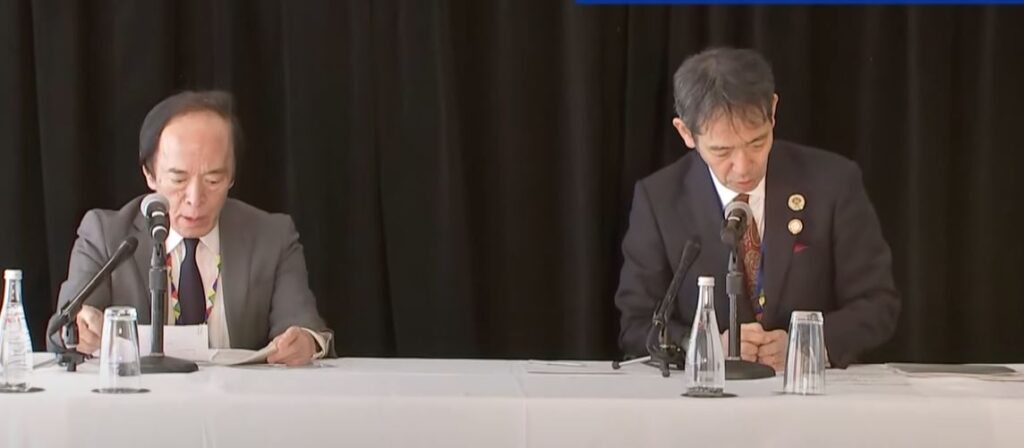
In his Hiroshima speech on October 20, Hajime Takata delivered one of the clearest messages yet from a senior Bank of Japan official: the country can no longer delay its exit from ultra-loose policy. “The time is ripe,” Takata declared, emphasizing that the central bank should now begin to raise rates to safeguard long-term economic stability. The speech marked a significant departure from the cautious tone that has long characterized the BoJ’s communications.
Takata argued that Japan’s economy has entered a stage where inflation is becoming more sustainable. “We have reached the phase to disengage from a defensive posture,” he said, describing the current environment as one of ‘caution release.’ He linked his view to the steady improvement in global conditions—most notably, the easing of U.S.–Japan trade tensions and stronger performance in Asian export markets. According to Takata, such developments have reduced the downside risks that previously restrained policy decisions.
During the September policy meeting, Takata proposed increasing the policy rate from 0.5% to around 0.75%. While the board did not adopt his recommendation at that time, the proposal itself was a clear signal of growing support for normalization within the bank. Analysts note that his willingness to publicly advocate for higher rates sets him apart from other board members who prefer gradual or data-dependent approaches.
Market participants and financial analysts quickly interpreted Takata’s statement as a sign that the BoJ may move sooner rather than later. Futures pricing now implies roughly a 70% probability of a rate hike at the upcoming October 29–30 meeting, according to data from Bloomberg Economics. The central question is whether Governor Kazuo Ueda and the rest of the board will align with Takata’s view that Japan’s “cautious mode” has already served its purpose.
Takata also underscored the social and psychological importance of acting decisively. He noted that prolonged low interest rates have distorted market behavior and weakened household confidence in the value of savings. “If inflation persists while rates remain too low, we risk undermining public trust in monetary policy,” he warned. By framing the issue not only as an economic necessity but also as a credibility test, Takata’s remarks added moral weight to the debate inside the BoJ.
Inflation Pressure — The Core Reason for Rate Hike
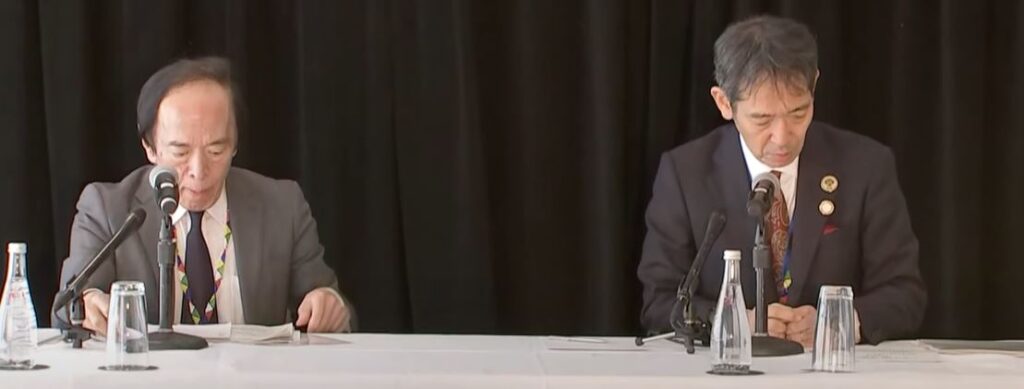
One of the most compelling reasons behind Bank of Japan (BoJ)’s reconsideration of monetary policy is the persistent rise in inflation across Japan. Although the target inflation rate is set at 2 %, Japan has now seen consumer price indices remain above that threshold for several years in succession. For example, Japan’s national “core” inflation — which excludes fresh food but includes energy — stood at around 2.7 % year-on-year in August 2025. :contentReference[oaicite:1]{index=1} Meanwhile, the Tokyo core CPI, frequently used as a leading indicator, registered 2.5 % in September 2025. :contentReference[oaicite:2]{index=2}
Crucially, inflation in Japan is no longer driven solely by temporary subsidies or disrupted global supply chains. Instead, food prices (excluding fresh food) surged by nearly 7 % in September in Tokyo and roughly 8 % in previous months — signaling broad-based cost pressures. :contentReference[oaicite:3]{index=3} At the same time, the BoJ tracks “underlying inflation” metrics (such as “core-core” which strips out both fresh food and energy) and finds those too remain elevated. :contentReference[oaicite:4]{index=4} When inflation expectations begin to embed into wage contracts and firm pricing behaviour, the central bank perceives a greater risk of second-round effects that could entrench inflation above target.
Against this backdrop, BoJ board member Hajime Takata has argued that the time has come to act. He cited that the “time is ripe” for raising rates, in part because the inflation trajectory suggests that price rises have become more persistent rather than transitory. This rhetoric marks a clear shift from previous central bank messaging that emphasised transitory cost pressures. The rationale is that higher interest rates can help anchor inflation expectations, ease upward pressure on wages and production costs, and restore confidence in the purchasing power of households.
There are, however, important caveats. While inflation remains above the BoJ’s 2 % target, some recent data show a modest slowdown — June’s nationwide core inflation rose 3.3 % year-on-year, down from 3.7 % in May. :contentReference[oaicite:6]{index=6} Thus the BoJ still faces the risk of moving too early and stalling the recovery if global growth or export demand weakens. But with inflation’s persistence now arguably a bigger risk than deflation, the scale of the policy shift under consideration is substantial.
In short, inflation is no longer the “background condition” the BoJ can safely ignore. It is the **central driver** of the debate on policy normalisation. Takata’s remarks reflect that shift: the focus is now on when and how fast to raise rates, not whether to raise them at all.
Global Context — Easing Overseas Uncertainty
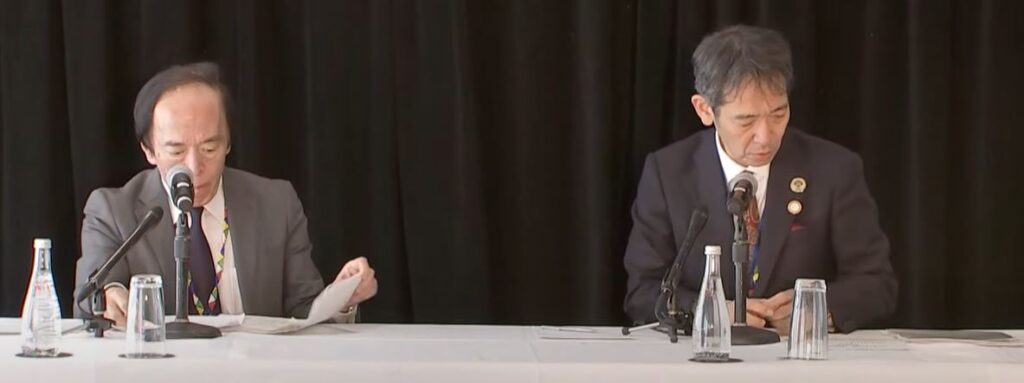
Another major factor behind Takata’s call for a rate hike is the visible easing of uncertainty in the global economy. For much of the past three years, the Bank of Japan (BoJ) had justified its ultra-loose policy by citing external instability — trade tensions, energy shocks, and volatile currency flows. However, by late 2025, several of these headwinds have begun to fade, allowing policymakers to focus more confidently on domestic inflation dynamics.
One of the clearest improvements comes from the U.S.–Japan trade relationship. After months of negotiation, both nations reached an agreement to reduce certain bilateral tariffs, helping stabilise export expectations and supply-chain planning. The agreement not only supports Japanese manufacturers but also reduces imported cost pressures, offering a more predictable business environment. This backdrop has encouraged Takata to argue that Japan can safely shift from “caution” to “measured action.”
Meanwhile, in the United States, the Federal Reserve has maintained its benchmark rate at 5.25 %–5.5 % since mid-2024, signalling a pause after an aggressive tightening cycle. In Europe, the European Central Bank (ECB) is also holding rates steady around 4 %. This global plateau in rate movements has brought greater stability to foreign-exchange markets, allowing the yen to trade in a narrower range. As a result, the BoJ faces less risk of abrupt capital outflows should it begin its own moderate tightening process.
China’s economic recovery also plays an indirect but crucial role. Following stimulus efforts earlier in 2025, China’s manufacturing and export indices have rebounded, improving regional demand for Japanese components and technology. This positive spill-over supports Japan’s external sector, reducing fears that higher domestic rates could harm exports. According to data from the World Bank, Asia’s aggregate trade volume grew by 4.2 % in the first half of 2025 — the strongest pace since the pandemic period ended.
Geopolitical tensions have likewise stabilised. Energy prices, particularly crude oil and LNG, have moderated from their 2022-2023 peaks. Brent crude now trades near $76 per barrel, while Japan’s LNG import prices have fallen about 18 % year-on-year. Lower energy costs ease the country’s import burden and mitigate inflation volatility. With these improvements, BoJ policymakers, including Takata, see a window of opportunity to normalise interest rates without destabilising markets.
In summary, the international landscape has shifted from uncertainty to cautious optimism. This transition provides the BoJ with the external breathing room needed to focus on domestic policy goals. Takata’s “ripe timing” argument thus rests not only on Japan’s internal inflation dynamics but also on a calmer, more predictable world economy.
Market Reactions and Yen Movements
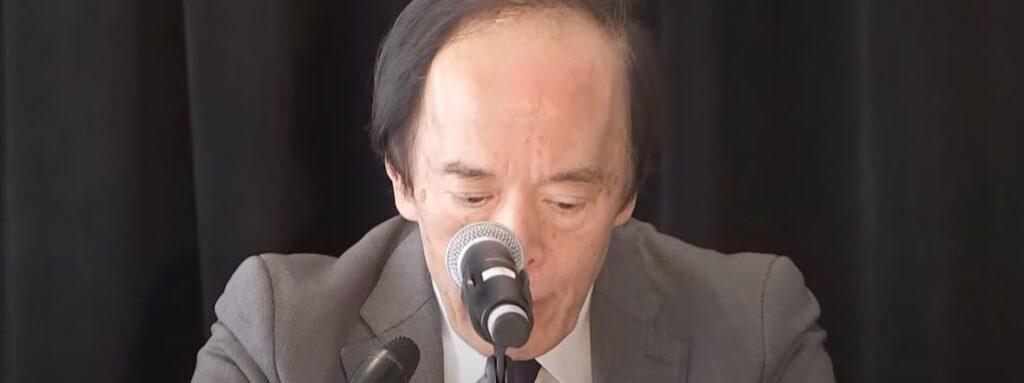
Financial markets reacted swiftly to Hajime Takata’s remarks, underscoring how closely investors are watching the Bank of Japan’s (BoJ) next move. Following his speech on October 20, the yen strengthened against the U.S. dollar, briefly touching ¥143.8 — its highest level in nearly two months. The shift reflected rising expectations that Japan could soon raise its benchmark rate, narrowing the interest rate gap with the United States. At the same time, government bond yields rose, with the 10-year Japanese Government Bond (JGB) yield reaching around 1.14%, the highest since 2013.
Equity markets also responded cautiously. The Nikkei 225 index dipped about 0.6% in the immediate aftermath of Takata’s comments, as investors weighed the potential cost of tighter monetary policy on corporate borrowing and export competitiveness. However, analysts note that a moderate, data-driven rate increase could ultimately support the yen and improve investor confidence by signalling that the BoJ is regaining policy flexibility. “A gradual tightening path would anchor inflation expectations without derailing growth,” said a Tokyo-based strategist at Nomura Securities.
Currency traders are particularly sensitive to the BoJ’s tone. For most of the past decade, the yen has been a preferred funding currency in carry trades due to its low interest rates. If the BoJ begins hiking rates, even slightly, these trades could unwind, leading to upward pressure on the yen. The JPY/USD exchange rate is now seen trading between ¥142 and ¥146 through November, according to forecasts from Bloomberg and MUFG. A firmer yen would help reduce imported inflation, especially in energy and food prices, aligning with Takata’s stated goal of restoring price stability.
In the bond market, expectations of policy normalization have already led investors to adjust their portfolios. Yields across the short and medium end of the JGB curve have inched higher, reflecting growing confidence that the BoJ will eventually lift its policy rate toward 1%. Meanwhile, Japanese insurers and pension funds — major holders of foreign bonds — have started repatriating some capital, anticipating better domestic returns. This dynamic has the potential to further strengthen the yen and moderate external imbalances.
Despite these shifts, most economists still expect the BoJ to proceed cautiously. Rapid tightening could hurt export sectors and risk renewed deflationary pressure if consumer spending weakens. Therefore, markets largely interpret Takata’s signal as the beginning of a slow, carefully managed normalization process rather than a sudden pivot. In this context, market reactions serve as both a test and a validation of Japan’s readiness for a post-zero-rate era.
What’s Next — BoJ’s Upcoming Policy Meeting
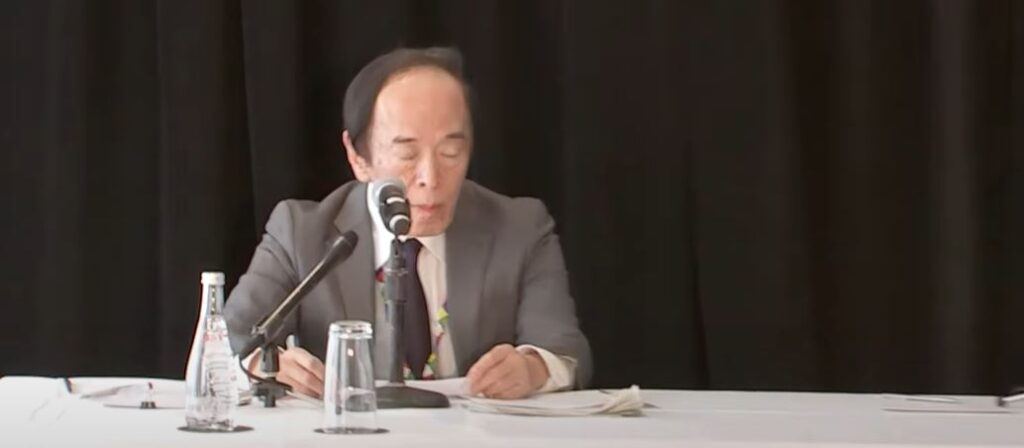
All eyes are now on the Bank of Japan’s next monetary policy meeting, scheduled for October 29–30, 2025. Financial markets, businesses, and global policymakers are awaiting signals on whether Hajime Takata’s call for higher rates will gain traction among the other members of the Policy Board. The outcome could mark a decisive step in Japan’s gradual path toward policy normalization after years of ultra-loose conditions.
According to several Tokyo-based analysts, the central bank is divided into three broad camps. The first group, including Takata, favors an immediate rate hike to 0.75% to address persistent inflation and restore policy credibility. A second, more cautious faction argues for maintaining the current 0.5% rate until further data confirm sustained wage growth. The third group advocates a middle-ground approach—signaling readiness to hike later this year while avoiding an abrupt policy shift that could unsettle markets.
Governor Kazuo Ueda remains the key figure in this debate. Since taking office, Ueda has adopted a balanced tone, recognizing the risks of both acting too soon and waiting too long. His recent statements suggest the BoJ is entering a phase of “data-driven flexibility,” meaning that every decision will depend heavily on economic indicators such as inflation trends, wage negotiations, and household consumption. This approach gives the BoJ room to react quickly to new developments while avoiding unnecessary shocks to financial markets.
Market participants currently assign a 70% probability to a rate hike at the October meeting, according to Bloomberg’s policy tracker. Futures markets show that investors are already pricing in at least one more increase by early 2026. If Takata’s arguments resonate with other members, Japan could see its first back-to-back rate hikes in more than 15 years. Conversely, if the board decides to hold steady, analysts expect the BoJ to issue a stronger forward guidance statement indicating that conditions for a hike are nearly met.
Beyond the immediate policy decision, the October meeting will also reveal how the BoJ plans to adjust its broader strategy. Observers are watching whether the bank will scale back its Yield Curve Control (YCC) framework, which caps 10-year JGB yields near 1%. Loosening that control would represent another major step toward market normalization and could further align Japan’s policy stance with other advanced economies.
In essence, the upcoming meeting is more than a routine policy update—it is a test of the BoJ’s ability to navigate the narrow path between inflation control and economic stability. The decisions taken this month could shape Japan’s monetary policy trajectory well into 2026 and beyond.
Conclusion — Japan’s Path Toward Normalization
Hajime Takata’s recent remarks have reignited debate over the future of Japan’s monetary policy. After more than a decade of near-zero interest rates, the Bank of Japan (BoJ) stands closer than ever to a turning point. The combination of persistent inflation, easing global risks, and stronger domestic fundamentals provides a rare opportunity for the central bank to take the first genuine step toward normalization. For Takata, the message is clear: Japan must shift from “caution” to “action” if it is to safeguard its long-term economic credibility.
Still, the path ahead is delicate. The BoJ must manage competing priorities—supporting growth, controlling inflation, and maintaining financial market stability. A premature or aggressive rate hike could damage business sentiment and dampen household consumption. Yet waiting too long risks allowing inflation expectations to drift upward, eroding purchasing power and undermining public confidence in monetary policy. Striking this balance will define Governor Ueda’s leadership in the coming year.
Looking beyond October’s meeting, most analysts anticipate a gradual and data-dependent approach. The central bank is likely to frame any rate increase as part of a slow, multi-phase process rather than a single decisive shift. This would align with Japan’s cautious monetary tradition while acknowledging that the economic environment has fundamentally changed. Inflation is no longer the fleeting phenomenon it once was—it has become an enduring factor shaping wages, savings, and investment decisions across the economy.
In this sense, Takata’s statement in Hiroshima may prove to be a historic marker. It reflects not just one policymaker’s opinion but a broader institutional recognition that Japan can no longer rely indefinitely on emergency-era stimulus. As the global economy stabilizes and domestic inflation persists, normalization is not only possible—it is necessary. Whether the October 2025 meeting delivers a rate hike or not, the direction of travel is becoming unmistakable: Japan is preparing to exit the age of zero interest rates.
In summary: Japan’s monetary story is entering a new chapter—one defined by cautious confidence, strategic adjustment, and the gradual return of policy normalcy. For investors, businesses, and households alike, the coming months will reveal whether the BoJ can turn this moment of transition into a sustainable path toward economic balance.

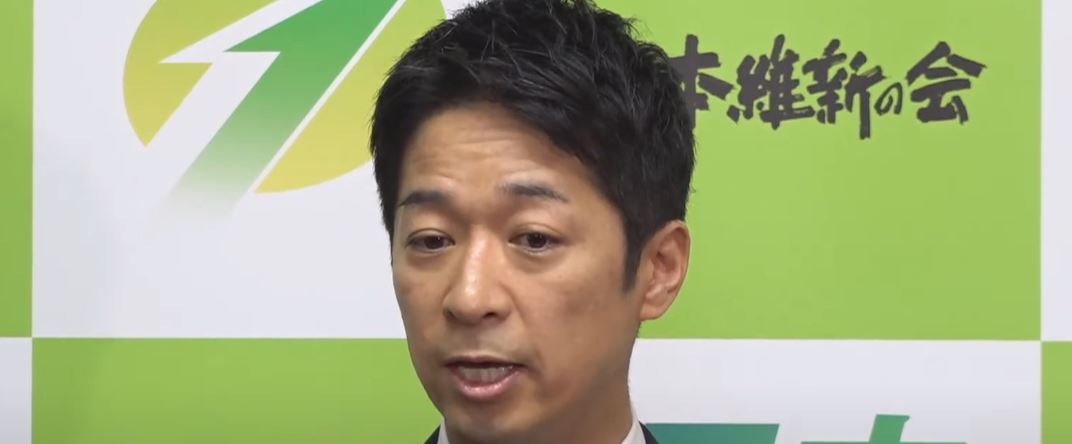


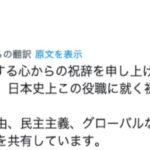

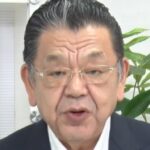
ディスカッション
コメント一覧
まだ、コメントがありません